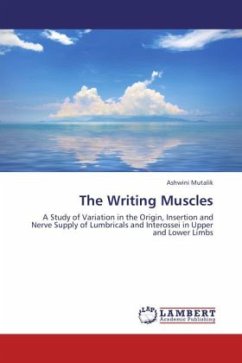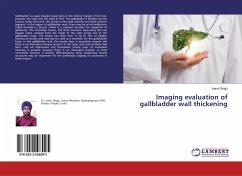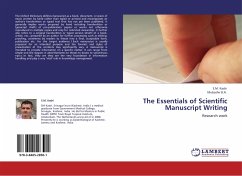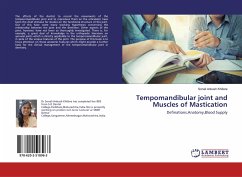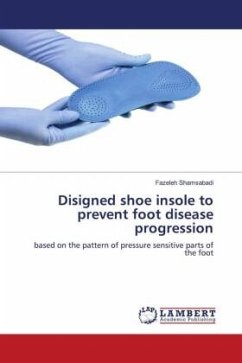Human hand represents a revolution in evolution lumbricals and interossei muscles though small in size have significantly greater role to play in the intricate movements of the fingers and toes. These muscles show anomalous origins and insertions as well as significant variations in their innervations. Hence the present study is an effort to know more about these muscles as it is of significant value in the design of surgical procedures. The present study was aimed to find variations in the origins and insertions and nerve supply of lumbricals and interossei of upper and lower limbs, among cadavers. In the present study many split insertions, misplaced insertions and even absence of these muscles in upper and lower limbs. No significant variation was found in the innervation of these muscles. Apart from the anomalies & attachments the length, breadth, width and tendon length of all these intrinsic muscles was studied and noted.
Bitte wählen Sie Ihr Anliegen aus.
Rechnungen
Retourenschein anfordern
Bestellstatus
Storno

